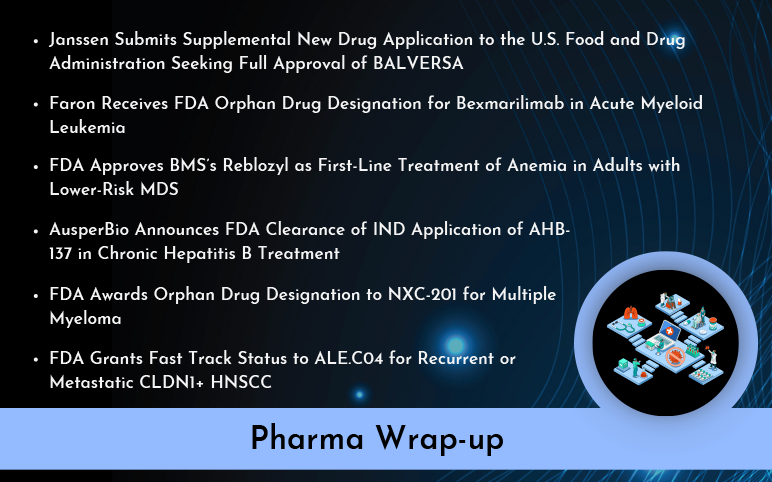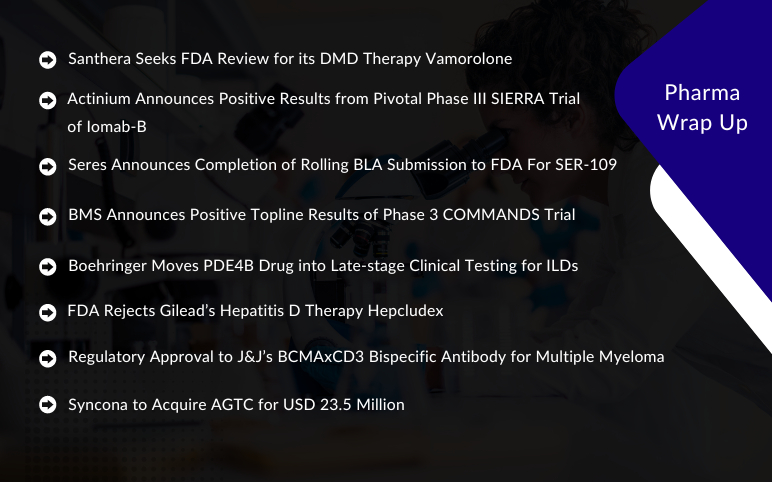Hepatitis B Epidemiology
In a Global study Burden of Disease, 2010, Hepatitis B infection causes 786,000 deaths, the majority of which around 341,000 deaths, attributed to Liver cancer and around 312,000 deaths due to liver cirrhosis. Moreover, HBV infection is the 15th most leading cause of human mortality, according to Lozano et al., 2012. According to the European Centre for Disease Prevention and Control (ECDC), the Hepatitis B prevalence in the general population is heterogeneous in Europe, ranging to 0.1–7% depending on the country. As per the data published by S. Raymond et al., prevalence is intermediate (2-7%) in the southern and eastern Europe due to perinatal transmission, needle sharing among drug users, nosocomial transmission, tattooing and body piercing.
Hepatitis B Treatment landscape
At present, there is no specific Hepatitis B treatment available in the market. Patients diagnosed with chronic Hepatitis B infection stay on treatment for their entire life. Treatments available help to lower down the risk of liver diseases and prevents the transfer of infection to others. For Hepatitis B infection, only supportive and nutritional care, including oral antiviral agents to help compensate for the fluids lost. Available Hepatitis B treatment can slow the progression of cirrhosis, reduce the incidence of liver cancer, and improve long term survival. The chronic Hepatitis B therapy market is dominated by viral suppressants including two therapy classes’ oral nucleos(t)ide analogues (NUC) – Nucleoside/Nucleotide Reverse Transcriptase Inhibitors (NRTIs) and pegylated interferon (PEG-IFN). Drugs like Baraclude (entecavir), Intron A (interferon alfa-2b), Pegasys (peginterferon alfa-2a), Vemlidy (tenofovir alafenamide), lamivudine (Epivir), adefovir (Hepsera), and telbivudine (Tyzeka) etc. were able to successfully control and fight Hepatitis B virus and reduced the risk of liver cirrhosis, hepatocellular carcinoma (HCC). As per WHO recommendations, oral treatments tenofovir or entecavir, are the most potential Hepatitis B treatments as they require limited monitoring. They rarely lead to any drug resistance as compared to other drugs, with few side effects and are simply administered once daily. The other alternatives present in the Hepatitis B treatment market include Interferon injections that are a human-made substitute of a substance produced by the body to fight infection and a liver transplant in case of severe liver damage.
Hepatitis B Pipeline
Key players, such as VBI Vaccines, Assembly Biosciences, Janssen Sciences, ContraVir Pharmaceuticals, Arbutus Biopharma Corporation, GlobeImmune, Gilead Sciences, etc. are investing their decades and capital in advancing Hepatitis B pipeline forward. Expected launch of emerging therapies such as Sci-B-Vac (VBI Vaccines), ABIH0731 (Assembly Biosciences), JNJ-56136379 (Janssen Sciences), Tenofovir Exalidex (ContraVir Pharmaceuticals), ARB-001467 (Arbutus Biopharma Corporation), GS-4774 (GlobeImmune), GS-9620 (Vesatolimod) (Gilead Sciences) surely is expected to change the Hepatitis B market landscapein the upcoming years. There are therapies like Altimmune’s immunotherapy (HepTcell), which promises to target multiple hepatitis B virus (HBV) genotypes, are still in the early phase of development.
VBI Vaccines is running a Phase III clinical trial of its licensed, third generation Hepatitis B vaccine produced in the Chinese Hamster Ovary cells consisting of 22nm particles isolated and purified from the culture medium. It mimics all three viral surface antigens of the hepatitis B virus, offers high levels of anti-HBV antibodies, and offers rapid onset of protection. It is administered at lower doses than competing hepatitis B vaccines and is free of next-generation adjuvants. The vaccine already got approval in 11 countries including Israel and the trials seek to support the approval of the vaccine in the US, Canada and Europe.
Assembly Biosciences is running Phase II stage trials of its product ABI-H0731, an orally bioavailable novel CpAM with selective and potent activity against all significant HBV genotypes in cell-based infection assays that is being investigated as adjunctive therapy in virally-suppressed HBeAg-positive patients with Chronic Hepatitis B. It is known that HBV core protein (Cp) is involved in multiple steps of the HBV life cycle, including formation and amplification of cccDNA levels. This therapeutic candidate belongs to a novel class of direct-acting HBV antivirals, termed as Core Protein Allosteric Modifiers (CpAMs), which have been discovered and developed to target HBV core protein.
Another Pharma giant, Janssen Sciences, is developing a drug therapy JNJ-6379 which is currently in phase II developmental stage. This orally administered drug candidate is a potent and selective HBV replication inhibitor with a dual-mode of action, inhibiting both early and late steps of the viral life cycle. The candidate drug belongs to the class of Capsid Assembly Modulators (CAMs) which inhibit the production of HBV DNA and RNA containing particles. The product is currently in the Phase II stage of development following positive results from Phase IB studies. ARB-001467 is an RNAi (RNA Interference) candidate which comprises of three RNAi triggers, which target all the four HBV transcripts, have reduced all viral antigen levels as well as cccDNA and HBV DNA in preclinical studies. Arbutus has completed its Phase II trial and also has announced its positive results.
Hepatitis B Unmet Needs
Despite the
presence of FDA approved drugs in the Hepatitis B treatment market, and
availability of oral antiviral therapy, the efficiency of cure of the Hepatitis
B is far from satisfactory as the therapies are long-term. There are still many
unmet clinical needs in terms of how to treat this disease more efficiently
with better efficacy as it remains a severe global health concern with over 350
million people worldwide currently living with this condition. The unmet need
in clinical research includes safety and risk-stratified HCC surveillance among
patients who received long-term NUC therapy. Criteria for determining which
patients should receive finite duration NUC therapy and which should receive
combination therapy with both NUC and pegylated interferon is still unsettled.
Moreover, the management of Hepatitis B Virus (HBV) e-antigen–positive viremic
patients with healthy liver and the incorporation of new biomarkers to help
supervise CHB require further simulations. Other several challenges in basic
research include the development of an efficient cell culture system and animal
models for HBV investigation, development of treatment to eradicate covalently
closed circular HBV DNA, and development of immunotherapy for Chronic Hepatitis
B virus infection.



